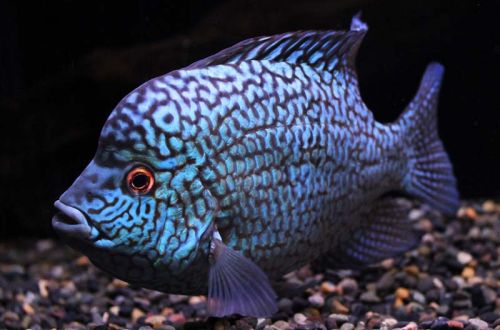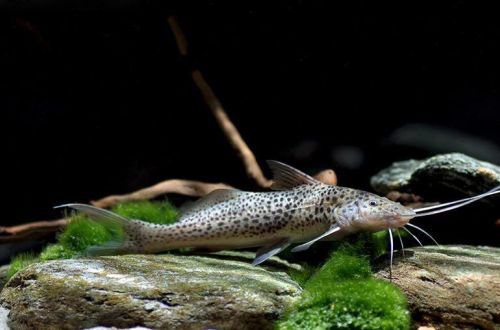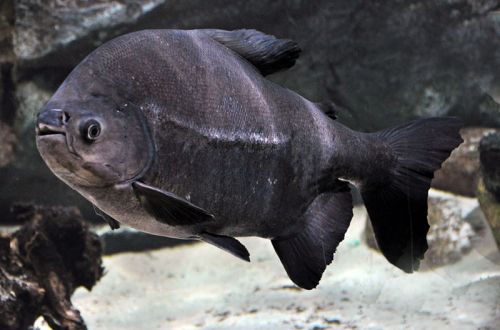
Hatchetfish Pygmy
Pygmy hatchetfish, scientific name Carnegiella myersi, belongs to the Gasteropelecidae family. A miniature predator that preys on small insects near the surface of the water. It differs not only in small size, but also in the original “axe-shaped” body shape. This fish could become quite popular if not for one thing – it is almost impossible to get offspring at home, so it is not very common in retail chains.
Contents
Habitat
It comes from South America from part of the Amazon basin, located on the territory of modern Peru. It lives in numerous shaded streams and channels in the rainforest canopy, which are often littered with various plant fragments – leaves, branches, snags, etc.
Brief information:
- The volume of the aquarium – from 40 liters.
- Temperature – 23-26°C
- Value pH — 4.0–7.0
- Water hardness – soft (2-6 dGH)
- Substrate type – sandy
- Lighting – subdued
- Brackish water – no
- Water movement – none
- The size of the fish is up to 2.5 cm.
- Food – small insects in any form
- Temperament – peaceful, timid
- Content in a group of 6 individuals
Description
An adult fish reaches only 2.5 cm in length. The internal organs are visible through a translucent body, which also has an unusual shape, similar to an ax with a rounded blade. A dark stripe runs along the midline, stretching from head to tail.
Food
An insectivorous species that feeds on small insects and their larvae from the surface of the water, the best option is to serve fruit flies (Drosophila) live or dried, or pieces of other insects. Please note that the Pygmy Hatchet Fish takes food only at the surface, everything that is in the water column or at the bottom does not interest it.
Maintenance and care, arrangement of the aquarium
The size of the aquarium for the successful maintenance of these fish starts from 40 liters. The design focuses on the upper part, everything else adjusts to the needs of other fish, if any. On the surface of the water there should be several floating plants located in groups and occupying no more than half of its area. At the bottom, you can put a few leaves pre-dried and then soaked for several days (otherwise they will float). Fallen leaves will serve as a source of natural humic substances that give tannic properties to water and color it in a slightly brown color, characteristic of natural reservoirs in the habitats of pygmy fish.
During their games, hunting for insects flying low over the water or being frightened of something, the fish may accidentally jump out of the aquarium, to avoid this, use a lid or coverslips.
A set of equipment in the basic configuration consists of a filtration and aeration system, a heater, lighting devices that are adjusted based on the needs of the fish, namely, a low level of light brightness, no water movement. The recommended water parameters are acidic pH values and low carbonate hardness.
Behavior and Compatibility
Peaceful, but timid due to its size fish. Contained in a group of at least 6 individuals. Species of similar size and temperament, or other hatchet fish, are suitable as neighbors.
Fish diseases
A balanced diet and suitable living conditions are the best guarantee against the occurrence of diseases in freshwater fish, so if the first symptoms of an illness appear (discoloration, behavior), the first thing to do is check the condition and quality of the water, if necessary, return all values to normal, and only then do treatment. Read more about symptoms and treatments in the Aquarium Fish Diseases section.





